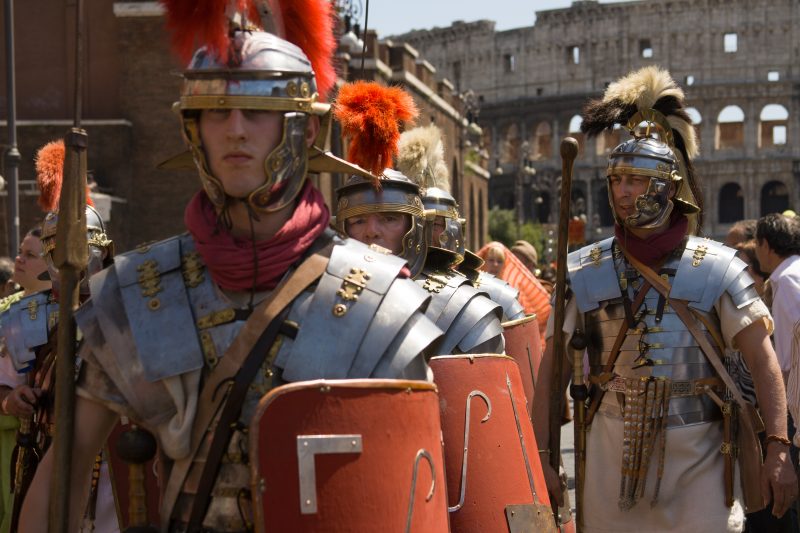A wealth of Roman artifacts has been unearthed over the past ten months north of the town of Krefeld in Germany’s North Rhine-Westphalian region. Excavations carried out by a team of 30 academics, students, and other helpers worked their way through an area of 44,000 square yards to reveal, when boxed, over 2640 cubic feet of beautiful items, all bearing witness to the turbulent Roman history of this area.
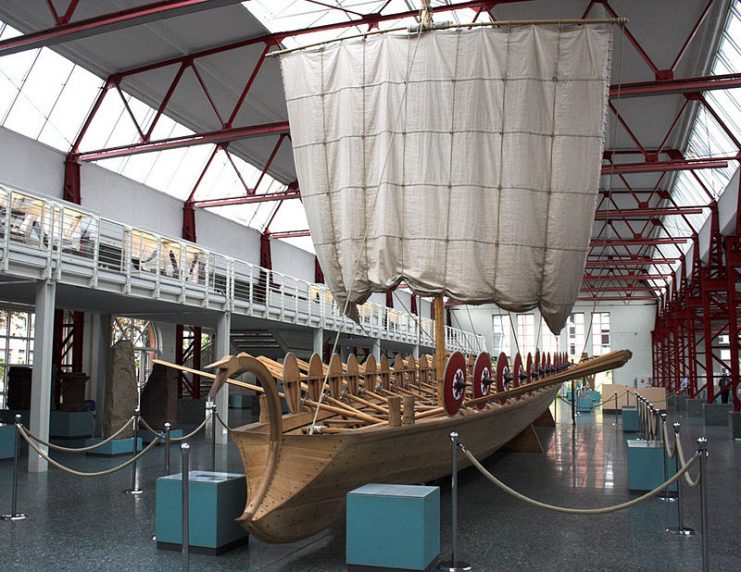
The Rhine river has played an important part in European societies since prehistoric times, and it is no surprise that Roman relics have been unearthed in the area. This particular settlement was part of an important trade route leading into the Germanic heartland that lay on the east bank of the Rhine.
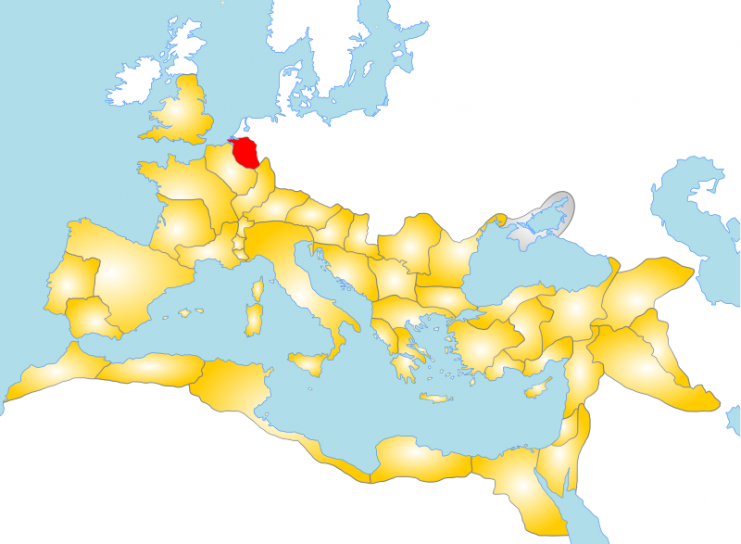
Previously unknown Roman ruins have been unearthed and, among the ruins, archaeologists have found horse skeletons, weapons, hundreds of coins, helmets, jewelry and a beautifully decorated soldier’s belt buckle.
Krefeld is situated in the district in Gellep, which is north-west of Dusseldorf, and it is here that archaeologists have found one of the largest cemeteries north of the Alpine region. The cemetery contains around 6,500 graves that have been dated to between 800 BC and 800 AD.
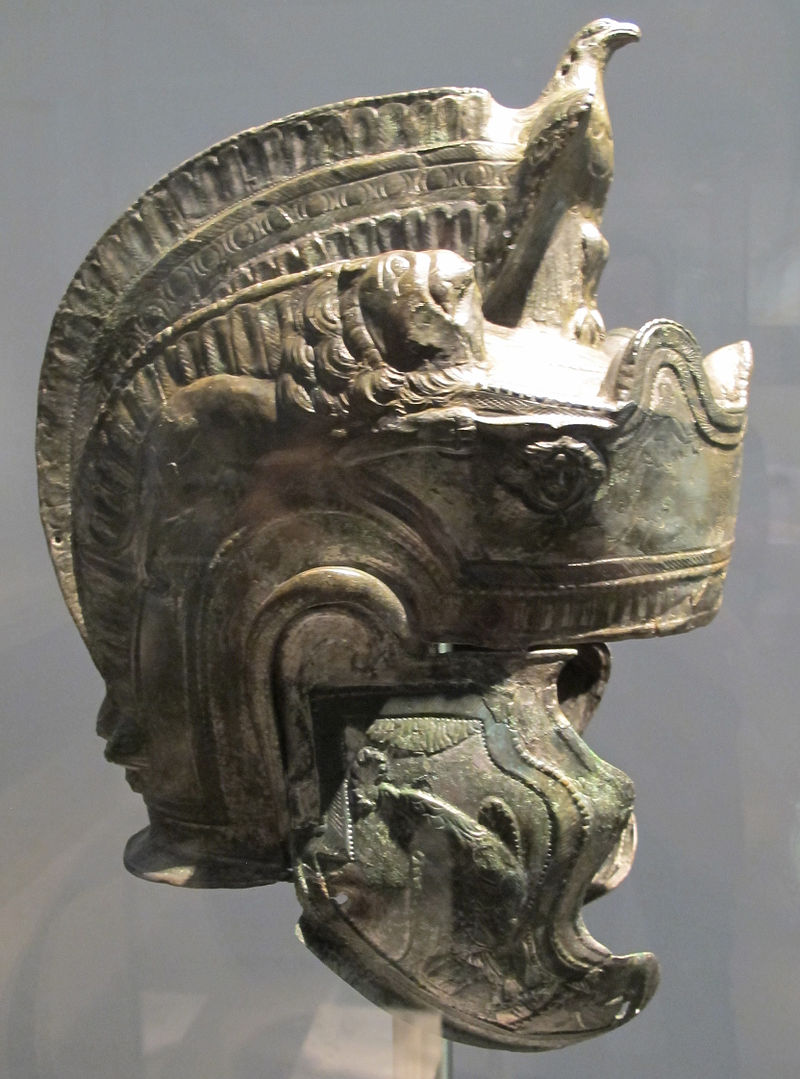
Valuable burial objects have been found in the graves but due to the size of the cemetery, Jennifer Morscheiser, a member of the archaeological team, told an interview that it would take many years before the entire cemetery had been excavated.
The period of time that the cemetery covers includes the Roman invasion of the Rhine region, a rebellion against the invaders by the local people, and the establishment of a Roman military base in the area. In 69AD the Romans established a military encampment between the ancient towns of Xanten and Neuss. The town of Krefeld developed in the wake of the Roman military encampment.
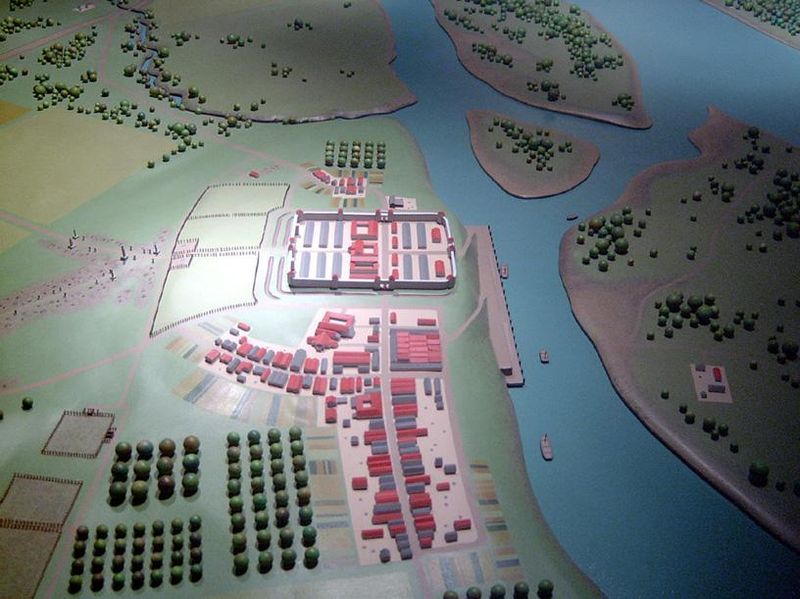
The military encampment was built on a small hill on the border of the Roman Empire that overlooked a trade route into Germania. The Romans called the area Gelduba. The first recorded mention of the area of Gelduba was made by the Roman historian Tacitus, who wrote of a huge battle that took place in 69AD between the Romans and the Batavians.
This battle was part of the rebellion incited by the Batavian Prince Iulius Civilis against the Romans. The enormous battle was fought by some 20,000 men and the 300 horse skeletons unearthed were most likely from this very fight. These skeletons are now housed in the Burg Linn Museum in Krefeld. Hans-Peter Schletter, an archaeologist from Krefeld, commented that this was one of the rare times that archaeology and history are in accord with one another.
Video depicts common design of Roman Fort and Town – (CC BY-SA 4.0)
Following on from this battle, the victorious Romans built a military encampment that developed into a fort and then morphed, over time, into a town. The original fort was built using wood but was eventually rebuilt using stone. The encampment was occupied by the Romans until the 5th Century.
Auxiliary soldiers were stationed at the encampment and evidence of Spanish wine has been found. The soldiers also took their leisure time seriously, building a swimming pool that was ingenuously heated within the grounds of the armory.
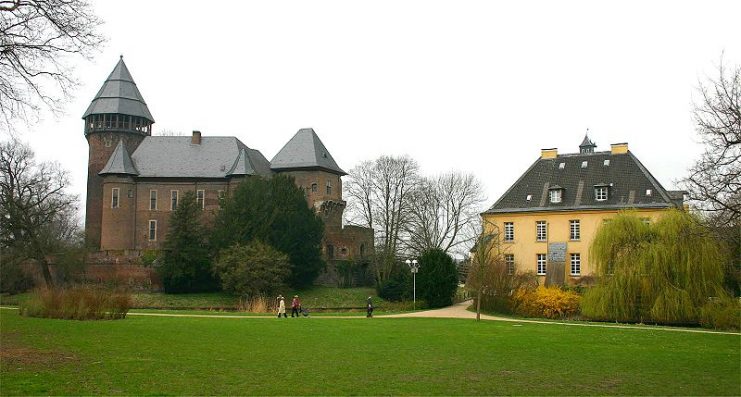
These fascinating artifacts will be on display in the Burg Linn Museum from October 2019. Visitors will be able to view items from the battle as well as from the military base such as helmets belonging to the Roman soldiers, urns from the Iron Age, artifacts from a Roman workshop aimed at working bronze and a reconstruction of a pottery kiln. This is an exhibition that is not to be missed.
